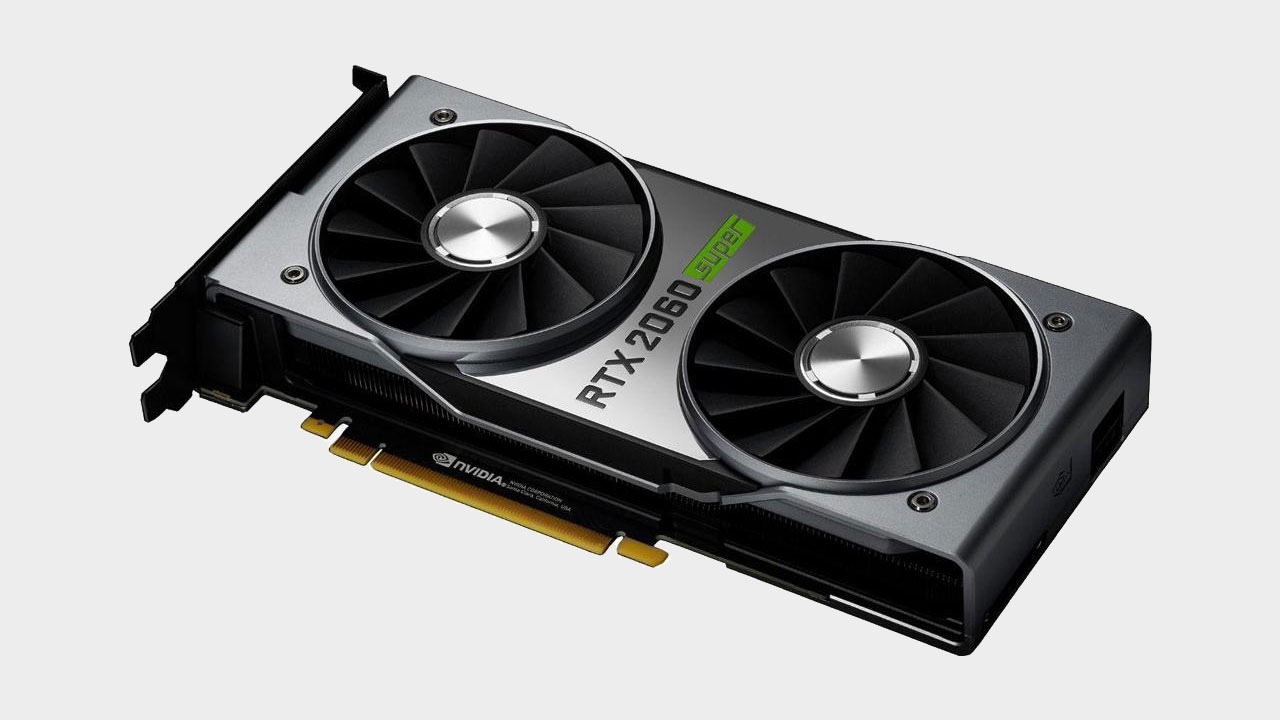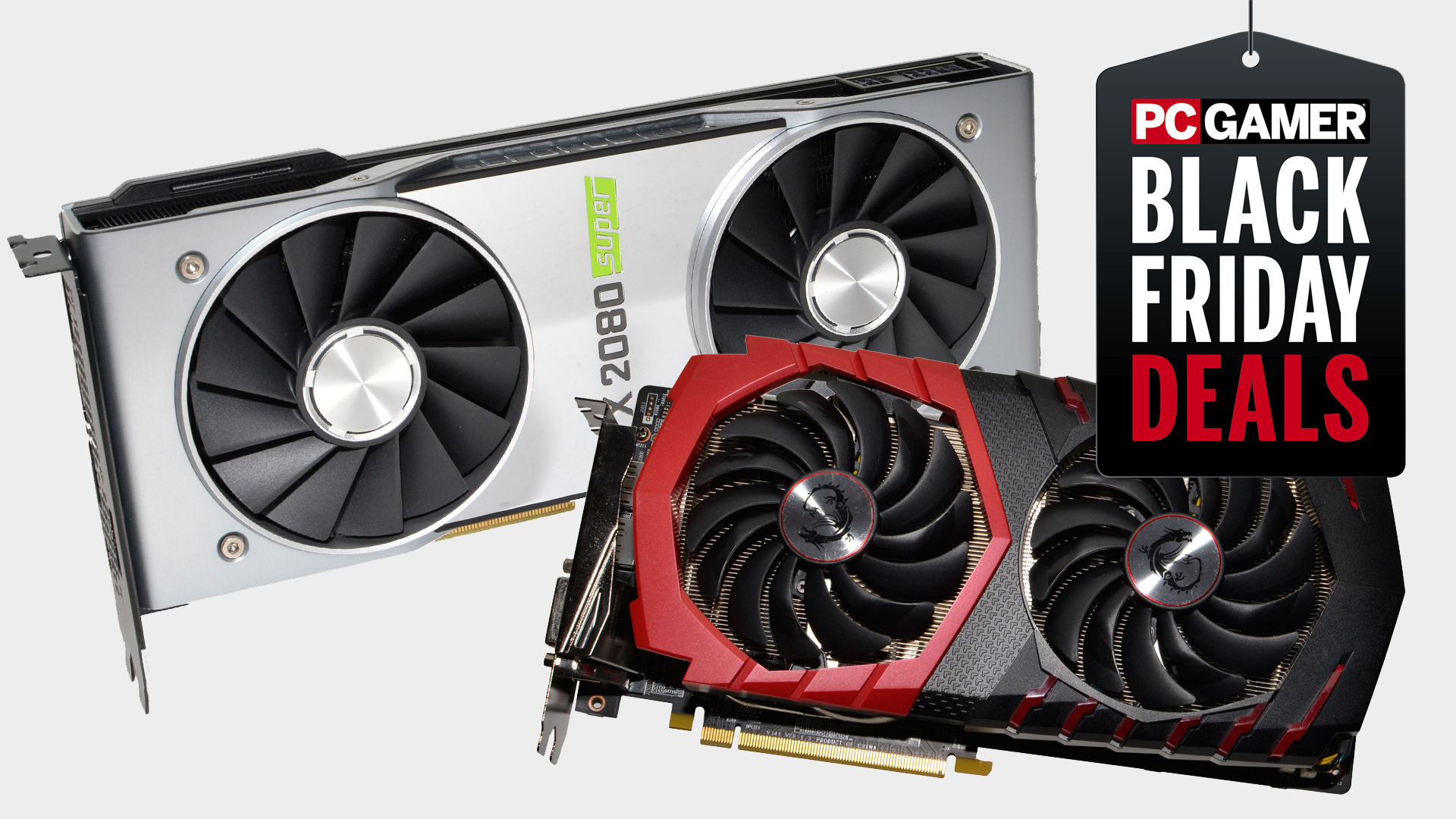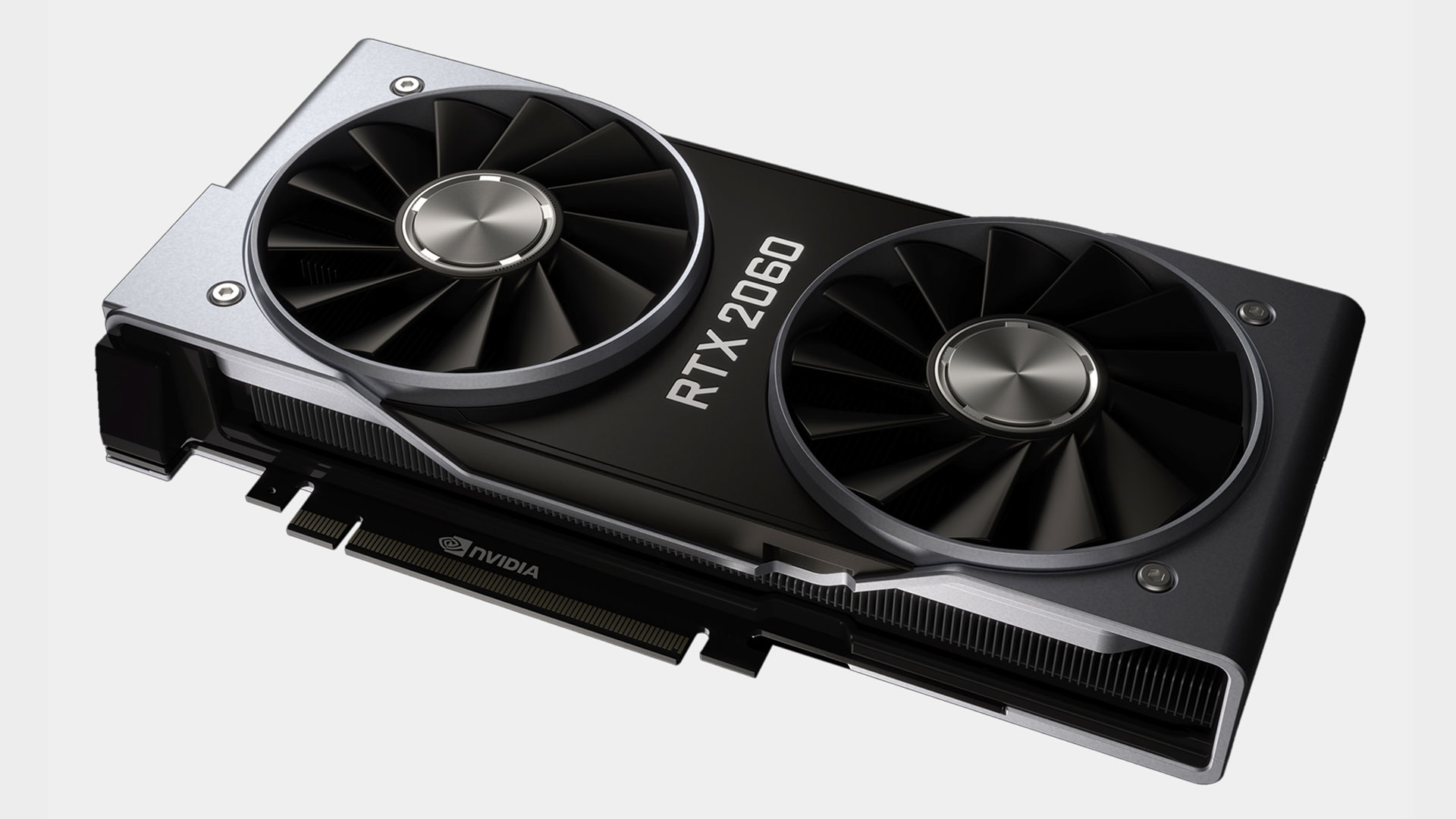
The holidays are right around the corner, and that means discounts on everything, including the best Nvidia RTX 2060 deals of the year… Probably. Even with the Super cards pushing down prices of the original 20-Series cards, getting a ray-tracing-caliber GPU is still a pricey proposition. As you can see from our Black Friday graphics card guide, both the 2060 and 2060 Supers tend to go for their launch price or higher at most retailers.

Our guide to the upcoming Black Friday graphics card deals, for November.
Luckily, we expect that’s going to change in the next few weeks. The holiday season is here and that means sales across the board, even on the 2060 and 2060 Super. When Black Friday rolls around, you should check out PC Gamer’s Black Friday deals hub to get the best deals as they come.
That means you might want to hold off on buying your new 2060 for now, but on the off-chance you can’t wait, let’s talk about where the deals are right now. In general, prices are pretty stable: there have been small deals—like $50 or less—on cards from MSI, ASUS, and Gigabyte. EVGA’s 2060-style graphics card remains the most frequently discounted option.
Best Nvidia RTX 2060 Super deals today (2019)
PC Gamer's got your back
Best Nvidia RTX 2060 deals today (base model)
Nvidia’s own figures put performance at 1440p solidly in the ballpark of the newly discontinued GTX 1070 Ti, an 8GB card with 500 more CUDA cores that can currently run anything you throw at it in Ultra at 1080p, and makes occasional forays into 4K too as long as you don’t mind 30fps. The Super takes that performance even further, but the retail price remains the same, so you're potentially looking at a card that just does more for your money.
The new Super cards beat the older generation’s GTX 1070 at 1080p, and offers Battlefield 5 at 60fps with raytracing enabled, according to Nvidia. PC Gamer’s testing bears this out, with the 17-game average at 1080p seeing it neck-and-neck with the 1070Ti at 1080p and Ultra settings, and pulling away from the older card slightly at 1440p. The gap closes again at 4K, depending on what your definition of a playable framerate is, but the message here is that this is a capable card able to do justice to modern PC games.
The new card splits the GTX 1070s when it comes to power consumption, pulling 160W - more than the GTX 1060’s 120W and the GTX 1070’s 150W, but less than the 1070Ti’s 180W, and connects to the PSU with a single eight-pin connector just like the 1070s.
Best graphics cards | Best gaming motherboards | Best CPU for gaming |
Best DDR4 RAM | Best gaming mouse | Best gaming monitor

Apart from raytracing, which is yet to make itself an unmissable feature - although it may become that in the future - the benefit of the new RTX cards is DLSS, or Deep Learning Super Sampling. The idea here is the card renders internally at a lower resolution than it’s set to output, and the Tensor cores upscale the image intelligently so you’d never know the difference. It’s a clever way of squeezing extra performance out of a chip. Still images created with DLSS look a bit blurrier, but in motion you’ll hardly notice, and it boosts performance by around 25%.
Nvidia’s new card brings modern rendering technology to the majority of PC gamers playing at 1080p, and with a US price of $350 looks to do so at a price that’s high, but not so high as the higher-spec Turing cards. An upgrade now, or when discount season is in full swing, could boost the framerates on a whole range of the most popular games.
The biggest gaming news, reviews and hardware deals
Keep up to date with the most important stories and the best deals, as picked by the PC Gamer team.
The collective PC Gamer editorial team worked together to write this article. PC Gamer is the global authority on PC games—starting in 1993 with the magazine, and then in 2010 with this website you're currently reading. We have writers across the US, UK and Australia, who you can read about here.


